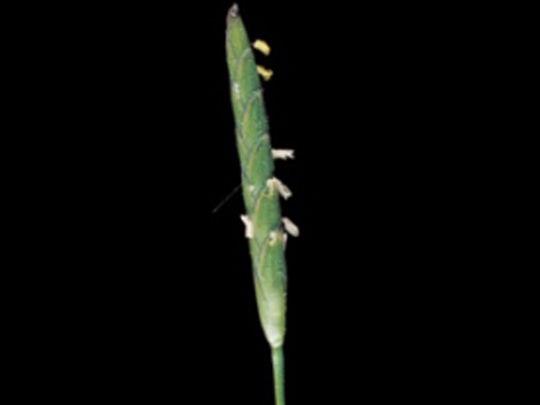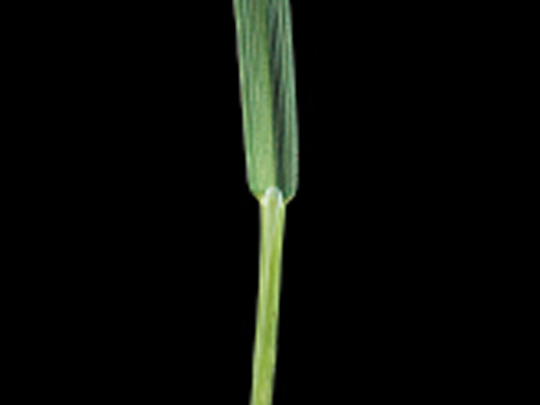Perennial top grass with creeping runners which remain relatively short and produce upright tillers. This produces a loose tussock. Longitudinal growth variable but up to 150 cm. Very early growing, flowers late May. Occurs in damp grassland and water meadows. Requires large quantities of water and nutrients. Meadow foxtail is able to survive cold weather, late frosts and long periods of snow cover. It does not thrive on dry sites. Neither will it survive regularly grazing. Meadow foxtail is vigorous and high-yielding. The early cut has a correspondingly good feed value of 7. After flowering the feed value diminishes rapidly. Early culm formation means that if large proportions of meadow foxtail are present, the fodder can become overripe and unpalatable. Meadow foxtail is included only in seed mixes designed specifically for damp sites. Due to the slow development of the seedlings, it takes 2 to 3 years to grow a standing crop.

